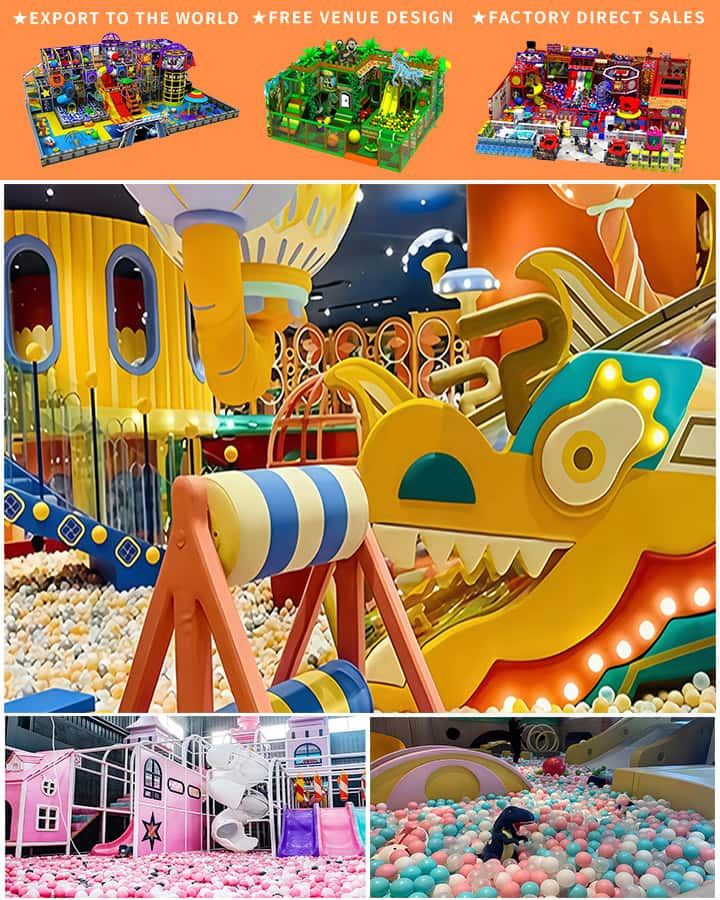School playgrounds are vibrant places filled with the laughter and chatter of children as they explore, play, and learn. A well-equipped playground is crucial for fostering physical activity, social interaction, and creative play among students. To help educators, parents, and anyone interested in school playgrounds understand the various pieces of equipment that can be found on these recreational grounds, this article provides an overview of common playground equipment names along with brief descriptions of each.
1. Swings
One of the most iconic pieces of playground equipment, swings come in several varieties:
- Traditional Swings: These feature a seat suspended from ropes or chains, allowing children to soar back and forth.
- Tire Swings: Made from large rubber tires attached by chains or ropes, tire swings provide a different seating surface and experience.
- Bucket Swings: Designed for younger children, these swings have seats shaped like buckets to ensure safety and comfort.
2. Slides
Slides add an element of excitement to playgrounds and encourage children to engage in physical activity. Common types include:
- Single Slides: A standalone structure with one slide; often part of a larger playground set.
- Double Slides: Side-by-side slides that allow two children to enjoy sliding simultaneously.
- Spiral Slides: These winding slides offer a more adventurous ride down due to their curved shape.
3. Climbing Structures
Climbing equipment is essential for developing motor skills and coordination:
- Climbing Walls: Flat vertical surfaces with grippable features like holds or pegs for children to climb.

- Ladder Climbing Walls: Ladders integrated into climbing walls provide handholds and footholds for easier ascent.
- Playground Climbing Domes: Spherical structures covered with grippable surfaces, challenging children to find the best path to the top.
4. Balance Beams and Bridges
Balancing equipment helps with coordination and strength:
- Balance Beams: Low beams suspended above the ground, encouraging children to walk steadily without falling off.
- Suspended Bridges: Netted or planked bridges that hang between two points, requiring balance and careful stepping.
5. Merry-Go-Rounds
Merry-go-rounds (or carousels) are circular platforms that spin when pushed:
- Traditional Merry-Go-Rounds: Often feature animal figures to sit on, providing a fun way to practice balance and teamwork.
- Modern Spinning Playground Roundabouts: May include seats, bars, or other features for children to hold onto while spinning.
6. Seesaws and Teeter-Totters
These classic pieces promote cooperation and balance:
- Traditional Seesaws: Board balanced on a pivot point, requiring two users to work together to achieve motion.
- Teeter-Totters with Safety Features: Modern versions may have handles or barriers to prevent falls and make them safer for solo play.
7. Spring Riders
Spring riders use springs to create a bouncing motion:
- Horse Spring Riders: Mimic a horse galloping, with a back-and-forth motion activated by the child’s movements.
- Animal Spring Riders: Similar to horse spring riders but designed to look like various animals, adding an imaginative element to play.
8. Sandbox Areas
Sandboxes offer a tactile, sensory-rich environment for creative play:
- Traditional Sandboxes: Simple pits filled with sand, sometimes including shovels, buckets, and other digging tools.
- Covered Sandboxes: Protected from the elements and debris, ensuring cleaner play conditions.
9. Interactive Play Structures
Modern playgrounds often include tech-integrated or interactive components:
- Musical Instruments: Outdoor xylophones, drums, or chimes that children can play with.
- Interactive Panels: Touch-sensitive panels that light up, make sounds, or provide educational content.
Conclusion
Understanding the various names and functions of school playground equipment can help educators and parents appreciate the importance of these structures in promoting physical and social development. Whether through swinging, sliding, climbing, balancing, or exploring sand and interactive installations, playgrounds provide endless opportunities for kids to learn, grow, and have fun. By familiarizing themselves with these key terms, caregivers can better advocate for safe and enriching playground environments for all children.




